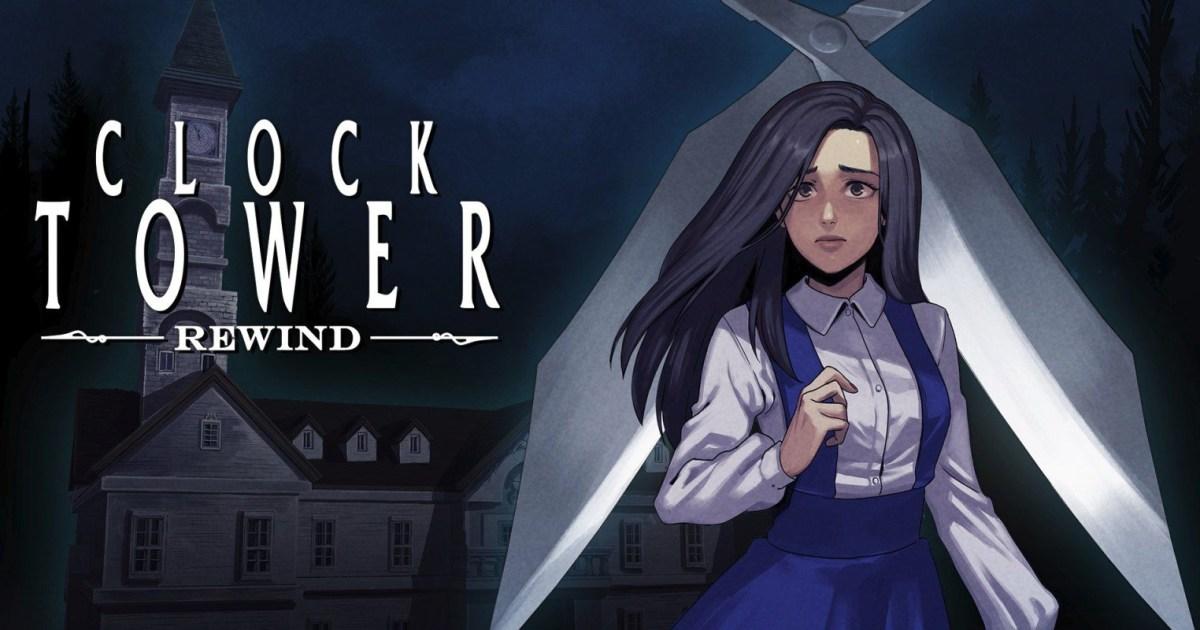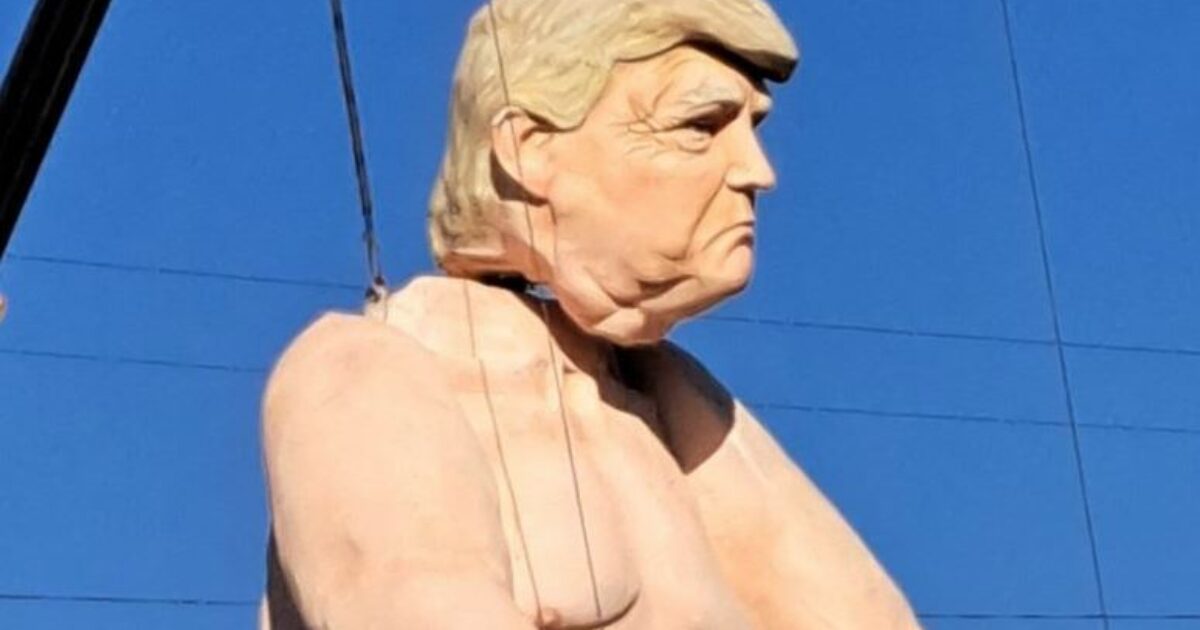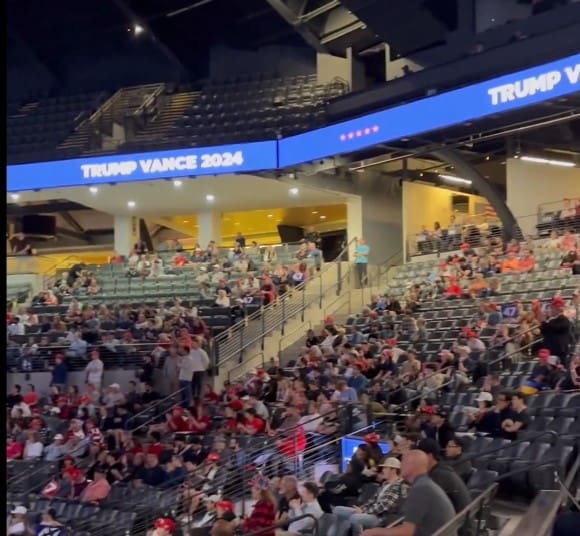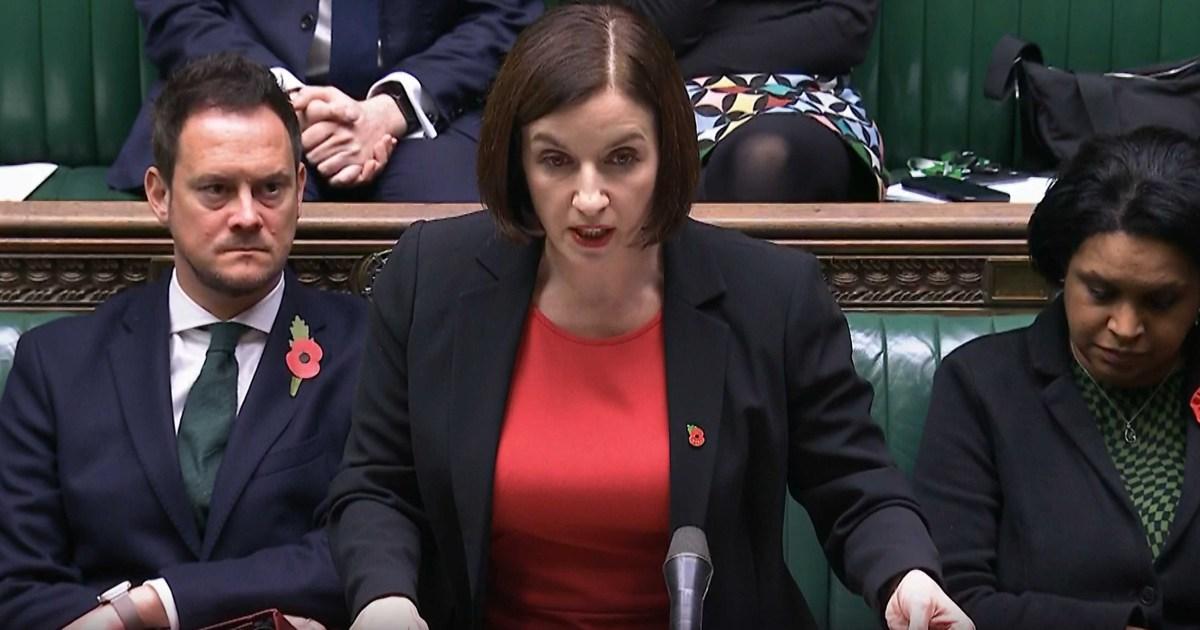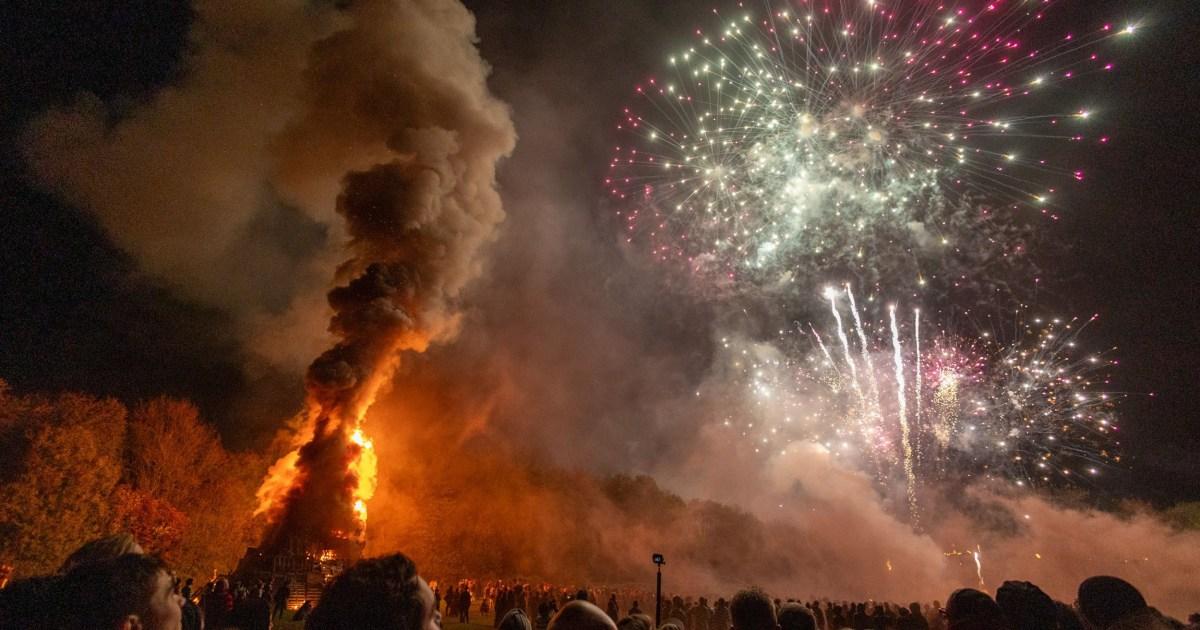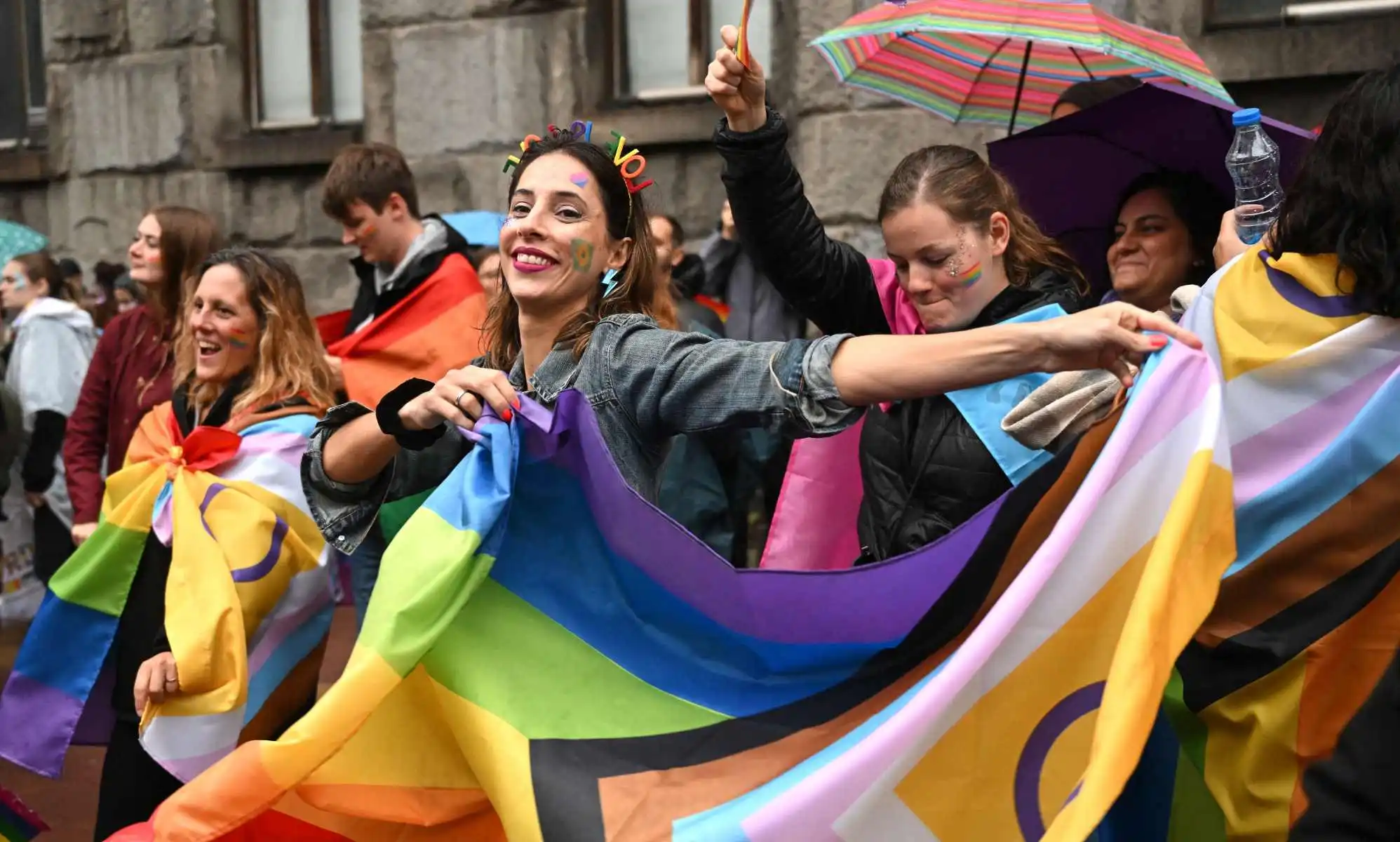Instagram reveals it lowers quality of less popular videos
 Getty Images
Getty ImagesInstagram has revealed that it lowers the quality of older, less popular videos - reserving higher quality for more popular content.
Adam Mosseri, head of the Meta-owned social media platform said on Sunday "we bias to higher quality... for creators who drive more views".
He said Instagram reduces the quality of videos that have not been watched for a long time because most views occur soon after one is posted - but the quality will be improved if the video gets more popular.
But the revelation has sparked concern among some creators that it may impact the reach and visibility of their videos.
"I think it’s simply wrong to adjust the quality of a person’s video based on performance," wrote one person.
They said it was an example of why some people had become "jaded" with Instagram.
"The very heart of it has become solely dependent upon performance, metrics, views, and engagement - so much so that I can’t even control if the quality of my video is retained due to Instagram pushing a bias," they said.
Social media consultant Matt Navarra told the BBC the move "seems to somewhat contradict Instagram's earlier messages or efforts to encourage new creators".
"How can creators gain traction if their content is penalised for not being popular," he said.
And he said it could risk creating a cycle of more established creators reaping the rewards of higher engagement from viewers over those trying to build their following.
Cost versus quality
Videos that have a higher resolution or contain lots of visual assets such as edits, images or other clips can demand more computing power to encode.
These will typically be larger in size than videos in a smaller resolution, meaning they require more storage space on servers.
And one person said in response to Mr Mosseri's post they understood the benefits of potentially reducing storage cost, but it did not outweigh the negatives.
"From a creator’s perspective, spending time on creating high quality content just for it to be downgraded to low resolution sucks," they said.
In May, Instagram announced changes to its system for recommending content, particularly video, to "give all creators a more equal chance of breaking through".
However, Mr Navarra said he agreed with Mr Mosseri's assertion - when responding to user concerns about the impact on smaller creators - that people will always value a video's content over its quality.
He said creators should focus on how they can make engaging content that caters to their audience, rather than be overly concerned by the possibility of its quality being degraded by Instagram.
Mr Mosseri clarified to users on Sunday that Instagram does not decide to reduce or improve the quality of individual videos, but rather does so in an "aggregate" way and on a "sliding scale" - adding he believed the difference in quality "isn't huge".
"The goal is to show people the highest quality content that we can," he said in his initial video response.
The BBC has asked Instagram for more information.
The social media platform's attempts to make video more key to its app experience have previously resulted in backlash from some users and creators.
In 2022 it reversed plans to shift further away from its traditional photo or so-called "grid" post format towards a TikTok-style focus on short form video content after it was criticised by creators and celebrities including Kylie Jenner.


